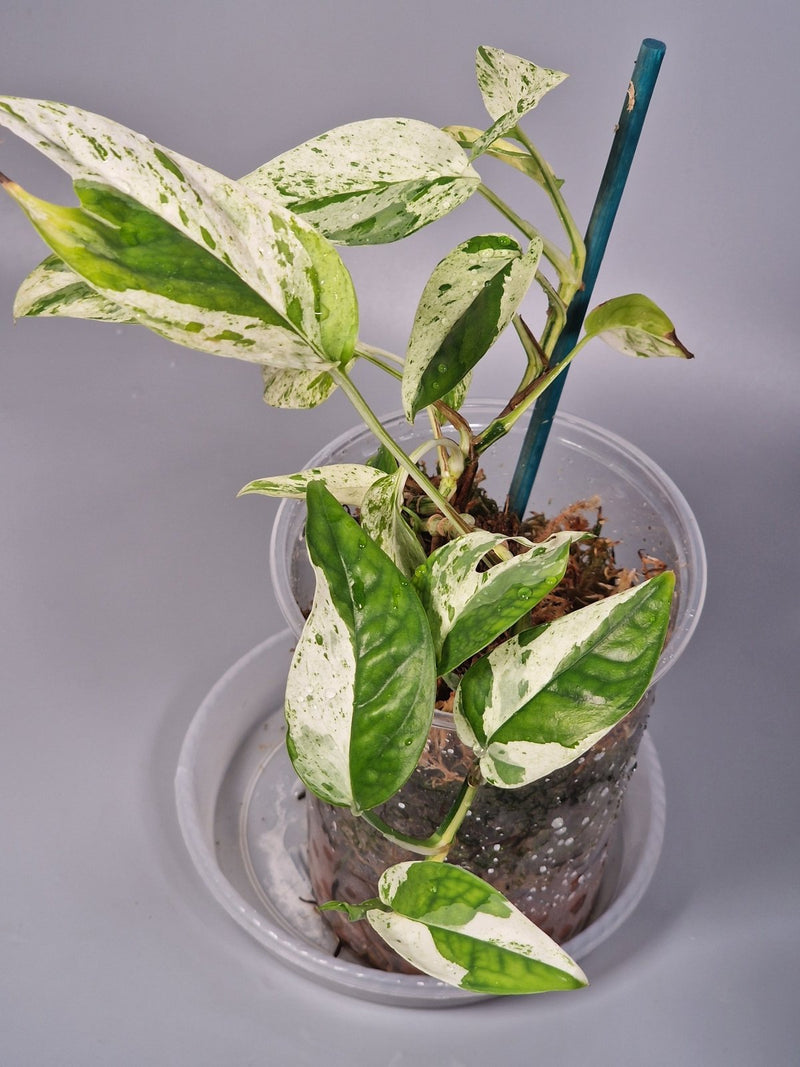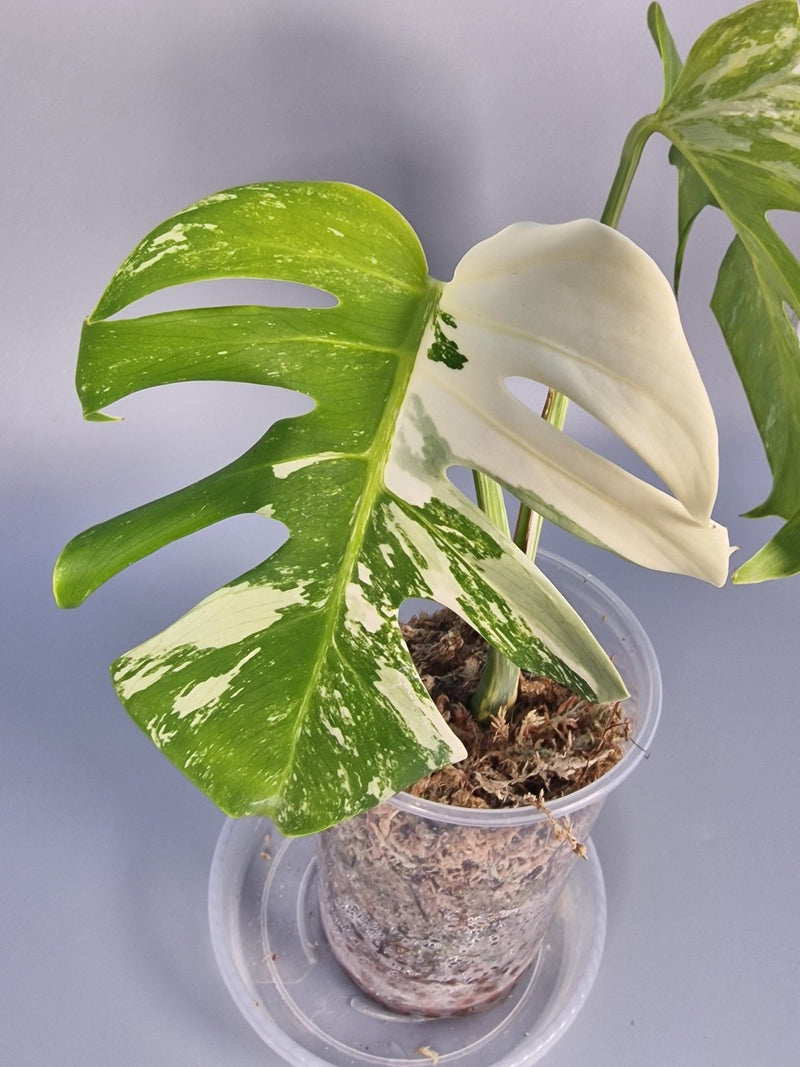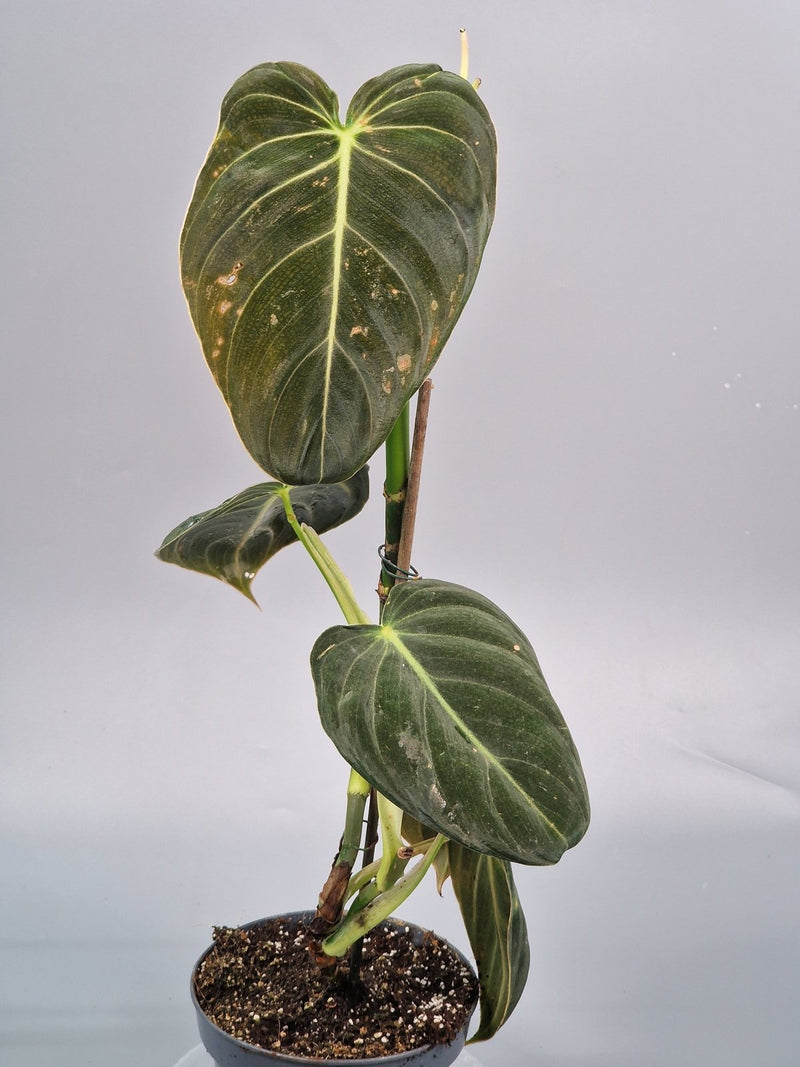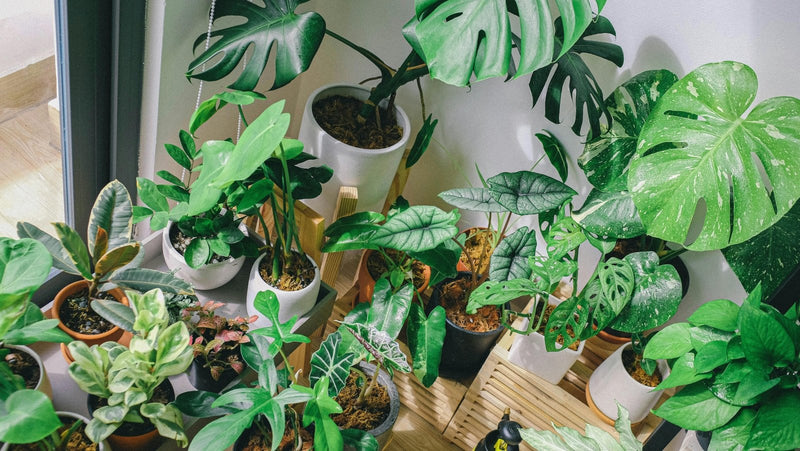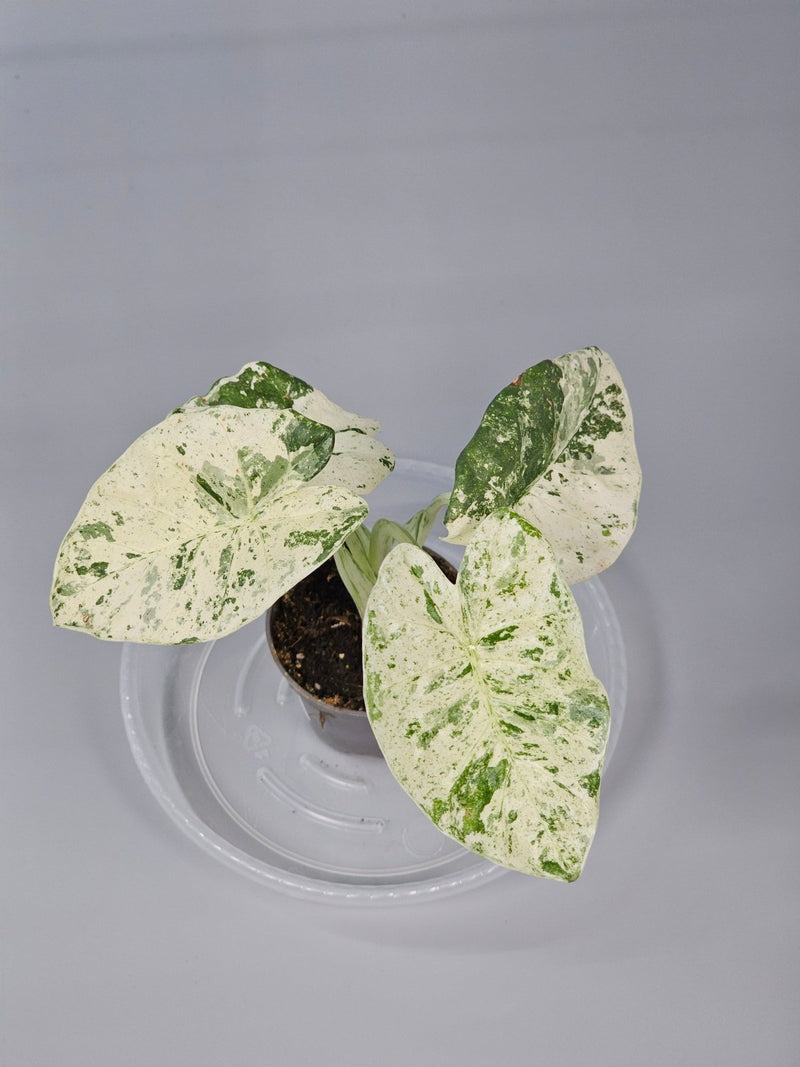
by Odd Leaf
Alocasia Drooping? Here’s What to Do
Alocasia Drooping? Here’s What to Do If you’ve recently noticed your Alocasia looking a bit sad and droopy, you’re not alone. This stunning member of the rare houseplants collection can sometimes present a challenge, even to seasoned indoor gardeners. But worry not! With a few tweaks to your care routine, you can restore your Alocasia to its former glory. Let’s dive into the common causes of drooping in Alocasias and how to remedy them. Understanding Alocasia Drooping Alocasias, with their striking foliage and architectural beauty, are a popular choice among rare houseplants enthusiasts. However, their drooping leaves can be a sign of several potential issues, ranging from watering mishaps to environmental stressors. Common Reasons for Drooping Watering Issues: Both overwatering and underwatering can lead to drooping leaves. Light Requirements: Insufficient lighting can weaken your Alocasia, leading to droopy leaves. Humidity and Temperature: Being tropical plants, Alocasias thrive in high humidity and stable temperatures. Pot and Soil: Poor drainage and the wrong soil mix can affect the plant’s health. Step-by-Step Guide to Fix Drooping Alocasia 1. Check the Watering Schedule Begin by examining the soil. If it’s soggy, you might be overwatering your plant. Allow the soil to dry out before watering again. Conversely, if the soil is bone dry, your Alocasia needs more frequent watering. Aim for a balance where the soil remains slightly moist but not waterlogged. 2. Assess the Lighting Conditions Alocasias require bright, indirect light. If your plant is in a too dark spot, consider moving it to a location where it can receive the right amount of light without being exposed to direct sunlight, which can scorch its leaves. 3. Adjust Humidity and Temperature Try to maintain a humidity level of at least 60% around your Alocasia. You can increase humidity by using a humidifier, placing a water tray near the plant, or grouping it with other plants. Also, keep your Alocasia away from drafts and sudden temperature changes. 4. Ensure Proper Drainage and Soil Mix Check if the pot has adequate drainage holes. If not, repot your Alocasia into a pot that does. Use a well-draining soil mix designed for tropical plants, which typically includes peat, perlite, and vermiculite. Troubleshooting Other Issues What if the problem persists after adjusting care? Examine the roots for signs of rot, which could indicate overwatering. If root rot is present, you may need to trim the affected roots and repot the plant into fresh soil. Can nutrient deficiencies cause drooping? Yes, a lack of essential nutrients like potassium can lead to drooping leaves. Consider using a balanced, water-soluble fertilizer every month during the growing season. Is pest infestation a possible cause? Yes, pests such as spider mites and mealybugs can stress your plant, leading to drooping. Regularly inspect the leaves and treat infestations with appropriate insecticides or natural remedies like neem oil. Styling Your Alocasia Once your Alocasia is thriving, it can become a focal point in any room. Place it in a decorative pot that complements your interior style, and position it in a spot where its dramatic leaves can truly stand out. Consider pairing it with other rare houseplants to create a lush, tropical feel in your home. Final Thoughts While Alocasia care can be slightly demanding, the visual rewards of this stunning plant are well worth the effort. By understanding the needs of your Alocasia and responding to any signs of distress quickly, you can ensure that your plant remains a vibrant and healthy part of your indoor garden for years to come. For more tips on caring for other rare houseplants, check out our detailed guides on Anthurium care and Monstera care.

